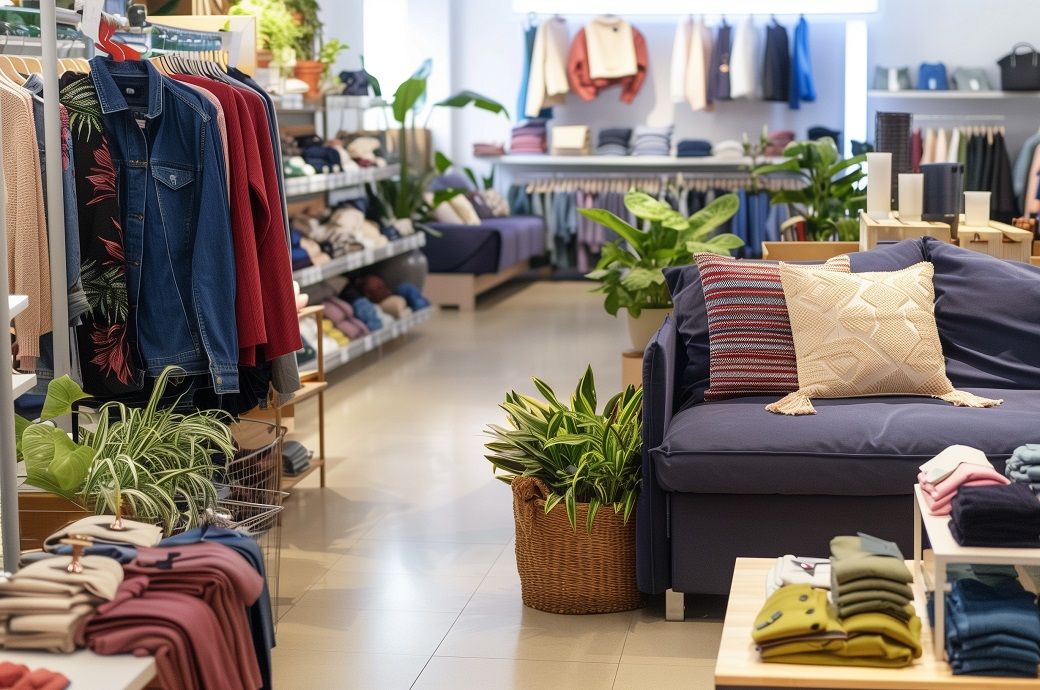
Non-food sales in the country decreased 0.3 per cent YoY over the three-months to September, against a decline of 1.2 per cent in September 2023. This is above the 12-month average decline of 1.7 per cent. For the month of September, non-food was in growth year-on-year, as per the KPMG x British Retail Consortium (BRC) Retail Sales Monitor.
In-store non-food sales over the three months to September decreased 1.5 per cent YoY, against a growth of 0.3 per cent in September 2023. This is above the 12-month average decline of 1.9 per cent.
Online non-food sales increased by 3.4 per cent YoY in September, against an average decline of 3.6 per cent in September 2023. This was above the 3-month average increase of 1.9 per cent and above the 12-month average decline of 1.1 per cent.
The online penetration rate (the proportion of non-food items bought online) increased to 35.6 per cent in September from 35.1 per cent in September 2023. This was below the 12-month average of 36.4 per cent, the release added.
Helen Dickinson OBE, chief executive of the BRC, said: “Retail sales saw the strongest growth in six months as non-food performed better than expected. As Autumn rolled out across the UK, shoppers sought to update their wardrobes with coats, boots and knitwear. The start of the month also saw a last-minute rush for computers and clothing for the new academic year.
“The coming months are crucial for the economy as retailers enter the ‘Golden Quarter’. But in the face of weak consumer confidence and the continued high burden of business rates, retailers’ capacity for further investment is limited. As a result, retailers are holding their breath ahead of the Budget as they work out their investment strategies for the coming year. Decisive action from the Chancellor, such as introducing a 20 per cent Retail Rates Corrector, would help to drive investment and economic growth up and down the country.”
Linda Ellett, UK head of consumer, retail and leisure, KPMG, said: “September saw modest, but welcome, sales growth for retailers. Children’s clothing, footwear and accessories saw a boost from the start of the school year, with household budgets feeling slightly less constrained for some parents compared to last year. Similarly, the return to work after summer holidays also led to an upturn in adult clothing and footwear sales. With record rainfall levels in some counties, the cold and wet weather in September sped up purchases of extra layers and wet weather gear.
“With energy prices having again risen, all eyes now turn to the Budget and what impact that will have on household discretionary spending in the final quarter of the year.”
Fibre2Fashion News Desk (KD)